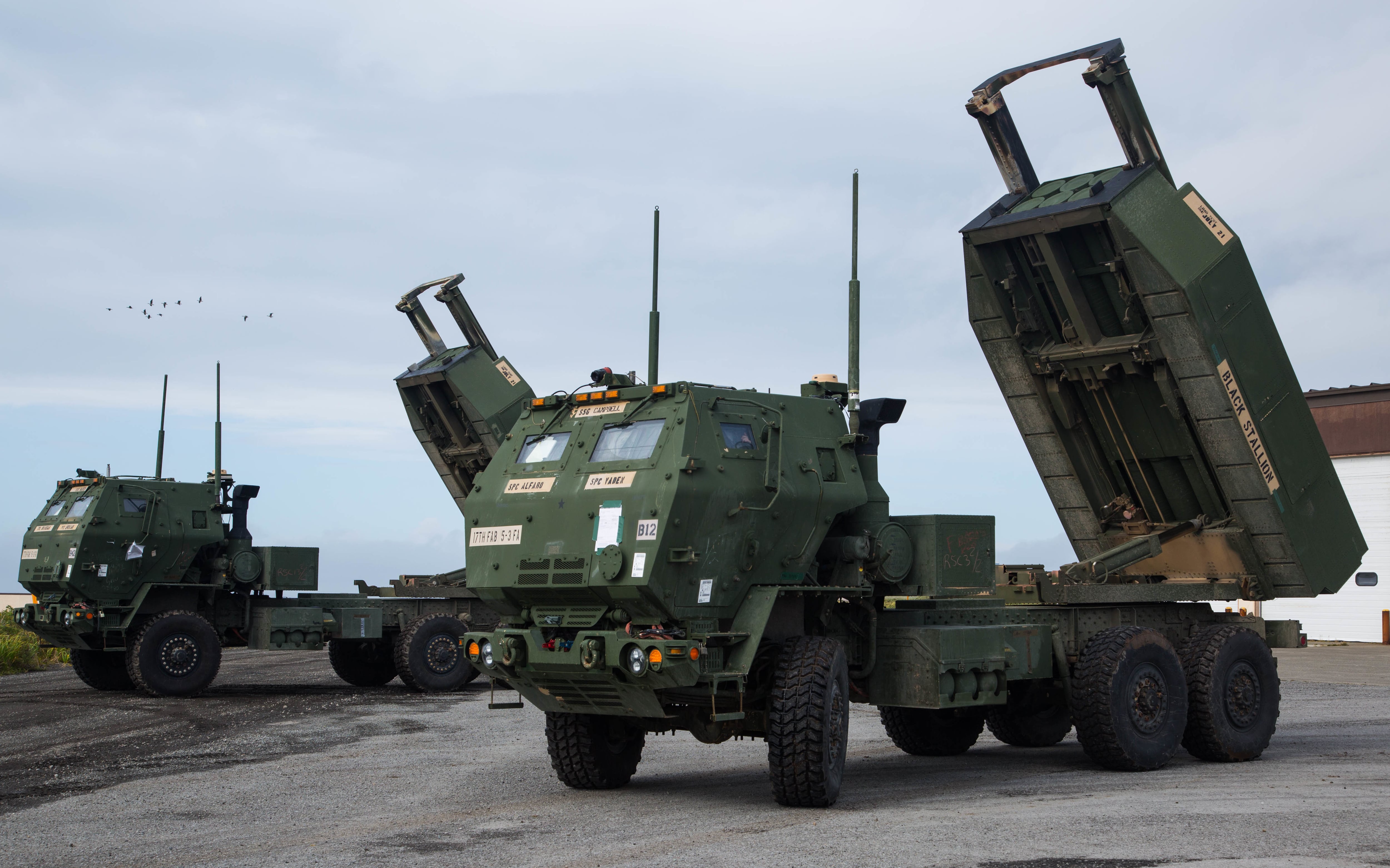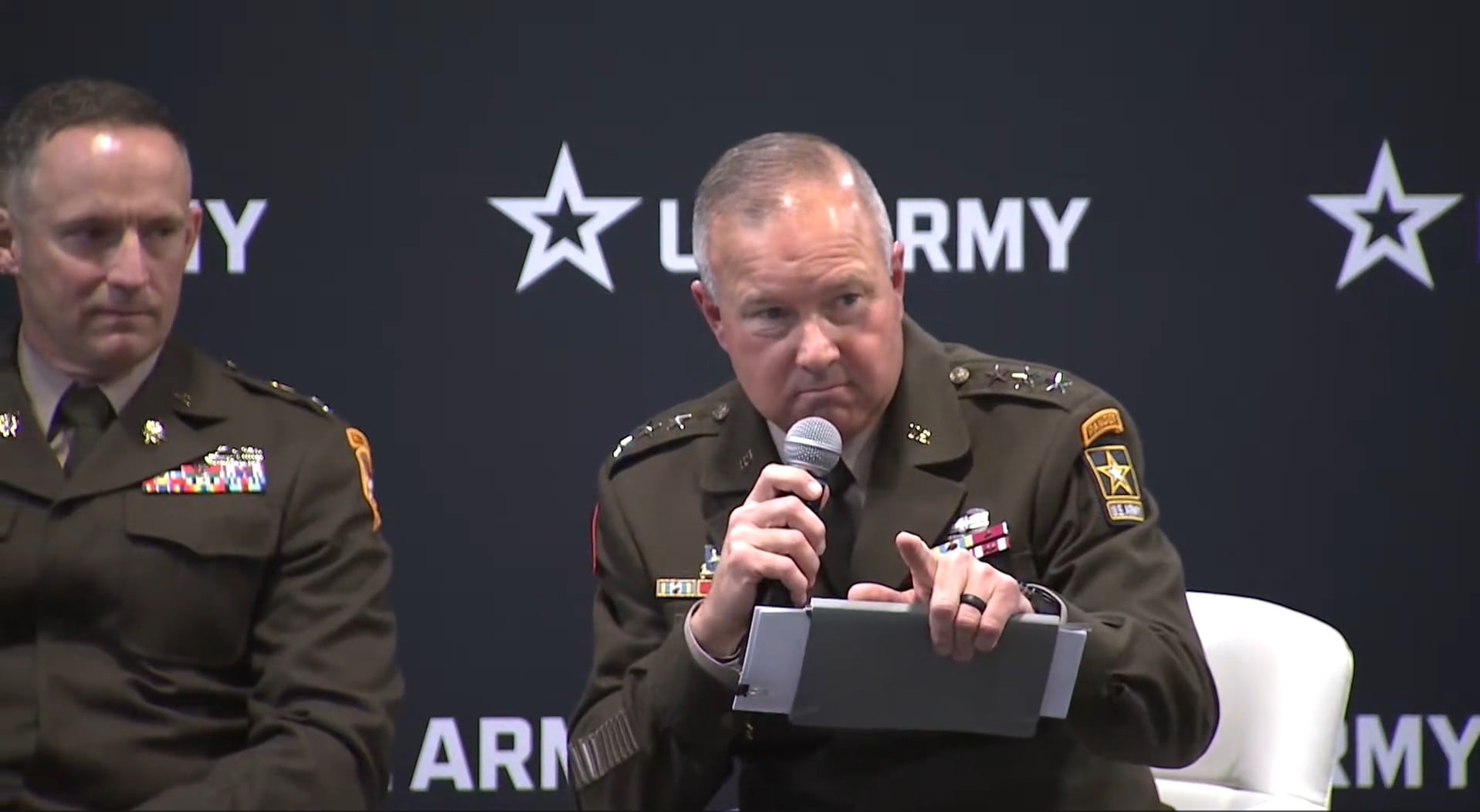The Army’s interests in the Indo-Pacific region have some wondering whether soldiers are wading into Marine territory, but the Army’s top officer dismissed those concerns Tuesday, saying the two services would bring complimentary capabilities to a fight in that part of the world.
The Marine Corps is overhauling its force so it can quickly move expeditionary units between islands in the South and East China seas and within range of Chinese forces. The recipe calls for a lighter and more mobile Corps than what existed in the Iraq and Afghanistan wars. The Army is going through similar changes to prepare for any possible confrontation with a great power.
Both services are developing long-range fires and anti-ship missiles, but Army Chief of Staff Gen. James McConville believes the differences lie in mobility.
“The systems we’re developing are more along the lines of a campaign rather than a quick expeditionary-type,” McConville said during a Center for Strategic and International Studies discussion Tuesday.
“I don’t see us as in competition with the Marine Corps,” he added. “They have roles and missions that are extremely important, as does the United States Army.”
The Corps is ditching its tanks and cutting down on the number of tube artillery batteries it owns. In return, Marines are creating a new littoral regiment, building more mobile rocket batteries and putting ship-killer missiles on Joint Light Tactical Vehicles.
Similarly, long-range fires is the Army’s top modernization priority, and the service is expecting some of those investments to start coming to the force in 2023, including the first hypersonic weapon, precision strike missiles and a prototype mid-range missile.

Army Pacific commander Gen. Paul LaCamera, who was also present during the CSIS discussion, said the difference also lies in the “mass” that the Army can bring to war.
If the Marines are “there first and we come in behind them, that allows them to continue to move on,” LaCamera said. “It’s really based on, ‘how do we work well within the concept of design that the commander of INDOPACOM” is using during a war.
LaCamera noted that he meets regularly with his Marine counterpart in the region and his soldiers often train alongside Marines during exercises like Balikatan and Cobra Gold. Those exercises are also experiments to see what mix of soldiers and Marines makes sense during a campaign.
Experimentation will become more important for both services as new equipment, still in development, rolls out to units, according to LaCamera, who noted that a modern war in the Indo-Pacific could require a different mix of forces than World War II-era strategies.
“We can use the past as being instructive, but it’s not a blueprint,” LaCamera added. “As they bring on capabilities, as we bring on capabilities, we’re experimenting together to make sure that we can not just compete, but in a crisis respond if we got to fight.”
Kyle Rempfer was an editor and reporter who has covered combat operations, criminal cases, foreign military assistance and training accidents. Before entering journalism, Kyle served in U.S. Air Force Special Tactics and deployed in 2014 to Paktika Province, Afghanistan, and Baghdad, Iraq.





